Stainless Steel vs. Glass Water Bottle: Which is the Best?
Primal Edge Health participates in the Amazon Services LLC Associates Program and other affiliate programs and therefore, may collect a share of sales or other compensation from the links on this page. This comes at no additional cost to you, and all the prices and availability are accurate at the time of publishing.
If you’re torn between a stainless steel vs. glass water bottle, you’re in the right place. Staying hydrated while on the go can be difficult without the right water bottle suited for your lifestyle. But, with so many choices, it can be hard to pick the best option.
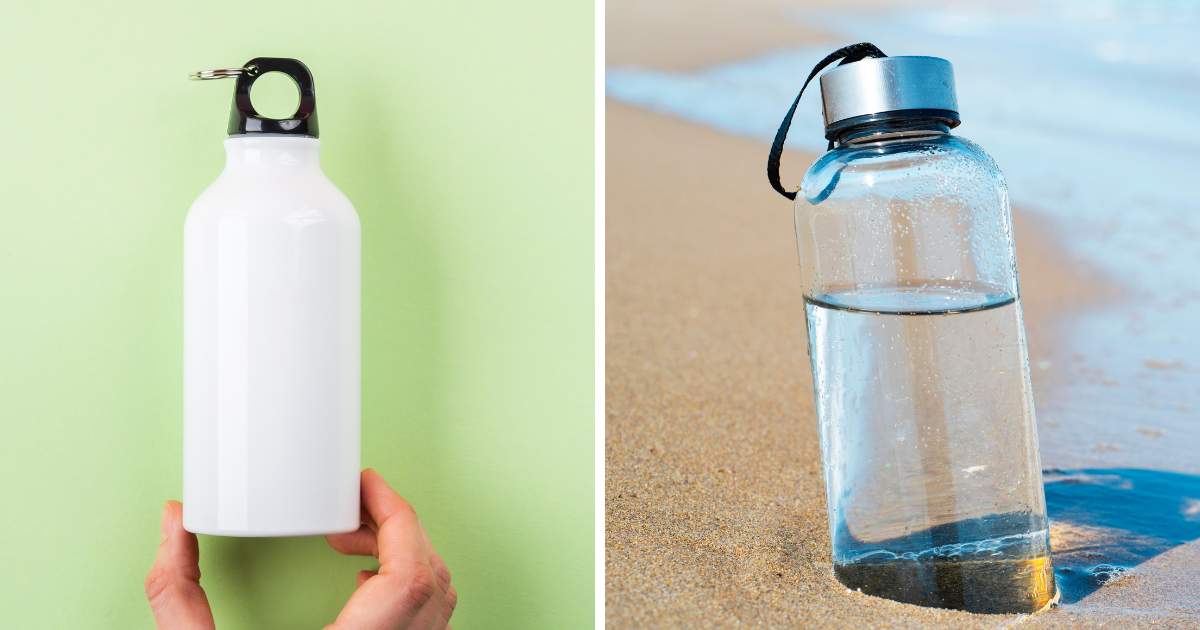
Stainless steel and glass water bottles often take center stage when it comes to reusable drinking bottles. Each boasts unique qualities, making it challenging to choose between the two.
I’ve wondered for a long time if metal or glass water bottles are better. It took me a few hours to research before deciding between the pros and cons. I summarized my findings here to save you time and energy with this head-to-head comparison.
This post may contain affiliate link(s). As an Amazon Associate, I earn from qualifying purchases. See Disclosures.
Table of Contents (click to view)
Stainless Steel Water Bottles: Pros and Cons
Portable water bottles have been around for years, but it wasn’t until the 1980s that stainless steel water bottles were introduced as a more sustainable option to the general public.
Since then, they’ve gained popularity as a top choice. Let’s look at the benefits and drawbacks of stainless steel water bottles in more detail.
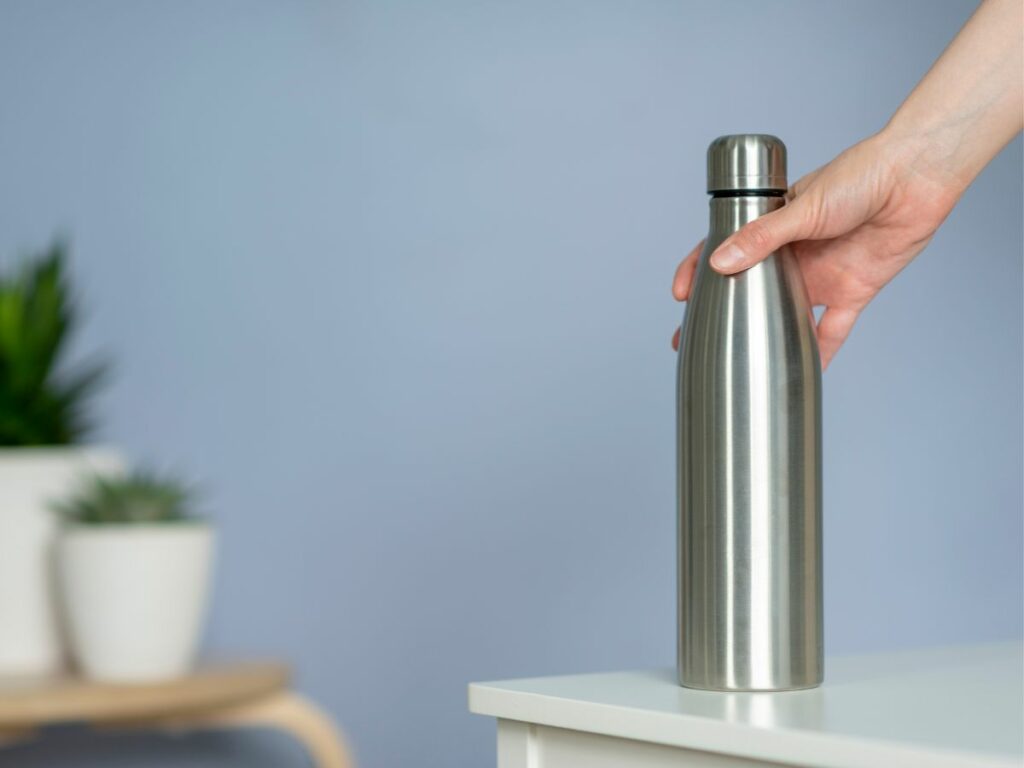
Pros
One of the main reasons stainless steel became a popular material for water bottles is because it is durable and lightweight. Stainless steel is resilient enough to withstand getting dropped and knocked around.
I notice that stainless steel bottles are appropriate for all ages, including children who can be a little rougher with their belongings. Many brands offer full-size bottles for adults and mini sizes for kids.
Durability is important because no one wants to buy replacement water bottles over and over again. A metal bottle will survive heavy use, from getting tossed in a backpack to being taken hiking or mountain biking.
Some models also have insulation to keep cold or hot beverages at the ideal temperature for longer. For example, the insulated, wide-mouth Eclipse water bottle can hold hot drinks at temperature for up to 12 hours and can chill cold drinks for 24 hours.
This is exceptionally convenient when you’re on the go and don’t have any access to a fridge or a microwave. I prefer cold water, so I want a bottle that will keep my water cold for longer than an hour.
Metal water bottles are easy to clean, too. I’ve never had a problem washing the bottle and lid in hot water with mild soap and a dish sponge. Some models are also dishwasher-safe.
Cons
I don’t think there are many cons to stainless steel water bottles. In my experience, there are three drawbacks worth discussing. Overall, these issues are easy to navigate with care.
You might notice a metallic taste when drinking from a low-quality bottle. The easy fix for this is to avoid low-grade steel alloys that don’t leach into the water.
The second complaint is that stainless steel bottles can be slippery when wet. Again, this seems to be an issue with lower-quality bottles. Choosing a powder-coated finish provides anti-slip protection and makes the bottle sweatproof, so moisture doesn’t collect outside and potentially damage items around the bottle like wooden tables or desks.
This premium coating should also protect against scratches and dents, but they can build up over time. If needed, buy a bottle carrier to protect the outer surface during heavy use.
Glass Water Bottle: Pros and Cons
Glass water bottles have numerous advantages over reusable plastic bottles for us and the environment. Let’s look at the benefits and drawbacks of this popular choice in more detail so you can get a clear view of why these are such a trending option.
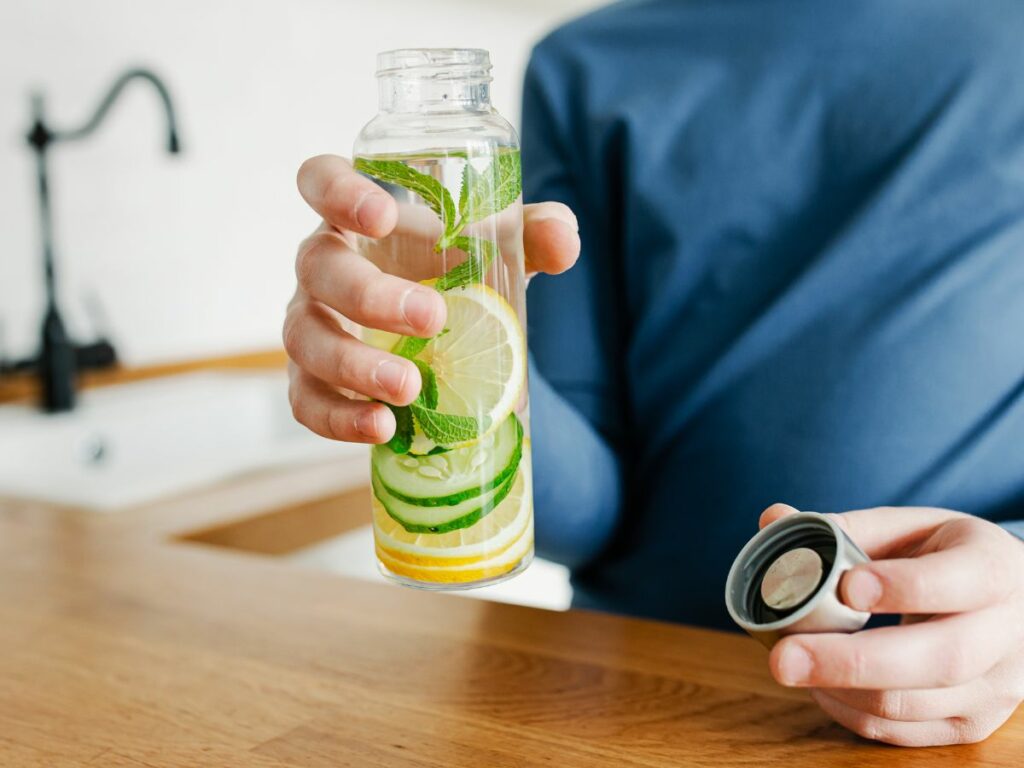
Pros
Modern glass water bottles have the unique advantage of being almost exclusively or entirely plastic-free. With natural materials, often from bamboo, brands boast completely non-toxic options without harmful chemicals from plastic.
High-quality brands like Mukoko have appeared in recent years using borosilicate glass to make a high-quality drinking bottle that is resilient and heat resistant. This material is thick glass, which makes it less likely to break or scratch.
Glass reusable water bottles also look really pretty. They are clear and clean, with a touch of elegance. The majority of models come with some sort of colorful silicon sleeve or painted protection overlay that adds a splash of color and style to the drinking experience.
These pretty sleeves also facilitate a better grip and extra protection around the glass, so there’s a decreased chance the bottle will break. Companies often offer a customary guarantee to replace the bottle for extra assurance. I suggest looking for this option before you buy your first glass bottle.
Glass doesn’t have reactive properties, so you can expect zero leaching. This means it will not affect the taste of your favorite drink.
Finally, cleaning a glass bottle is a breeze thanks to the straight walls and transparent material. It’s easy to see which parts need scrubbing. Most products are dishwasher safe, but you can also easily wash them by hand.
Cons
Like other glassware, glass water bottles are still made from fragile material. So, they need to be handled with care. A protective sleeve is imperative for any glass bottle, in my opinion. Fortunately, it’s a regular option with just about every design, so you will not have to spend extra money on accessories.
Another disadvantage is that glass does offer insulation. Thus, if it’s hot outside, expect a glass bottle to be unable to hold your cold drink’s temperature for hours.
Glass is a heavy material, even without being full of liquid. Since these bottles are fragile and can feel heavy, they aren’t always easy to carry around.
Difference between Stainless Steel and Glass Water Bottles
Before you jump on the bandwagon of either type of water bottle, it’s important to weigh the differences between each side so you can find the best choice for your lifestyle and avoid putting money down the drain. Let’s take a closer look at stainless steel vs. glass water bottles.
|
Primary Rating:
4.5
|
Primary Rating:
4.5
|
|
N/A
|
$23.99
|
|
Pros:
|
Pros:
|
|
Cons:
|
Cons:
|
- Durable
- Insulation technology
- Lightweight
- Comes in many colors
- Easy to clean
- Subject to scratches
- Slippery when wet
- Sweats with condensation
- Can be plastic-free
- Made from borosilicate glass
- Looks pretty
- Comes with protective sleeve
- Non-reactive
- Easy to clean
- Fragile material
- No insulation
- Heavy
Cost
The final retail price of a water bottle depends on various factors, including the brand, size, features, and inclusions. Overall, there isn’t much difference in pricing between a stainless steel vs. glass water bottle.
However, you’ll need to purchase more accessories for glass bottles if they don’t come with a protective case. Additionally, if you’re a heavy user, you might spend more money buying glass water bottles since they are more fragile than stainless steel and inevitably break under pressure.
Both stainless steel and glass water bottles are worth the price for average daily use. You’ll save money in the long run by not needing to buy drinks as frequently and also minimize the amount of plastic waste that ends up in landfills.
Insulation
In terms of insulation, stainless steel water bottles have an edge over glass bottles. Stainless steel water bottles can be double-walled or vacuum-insulated. If this is important to you, look for it in the product description to confirm your model includes this. Many, but not all, are made with insulation technology.
Meanwhile, glass water bottles can’t do this at all, and the added sleeves don’t do much. This can be a huge disadvantage, especially on a hot day when you want to quench your thirst with a cold drink.
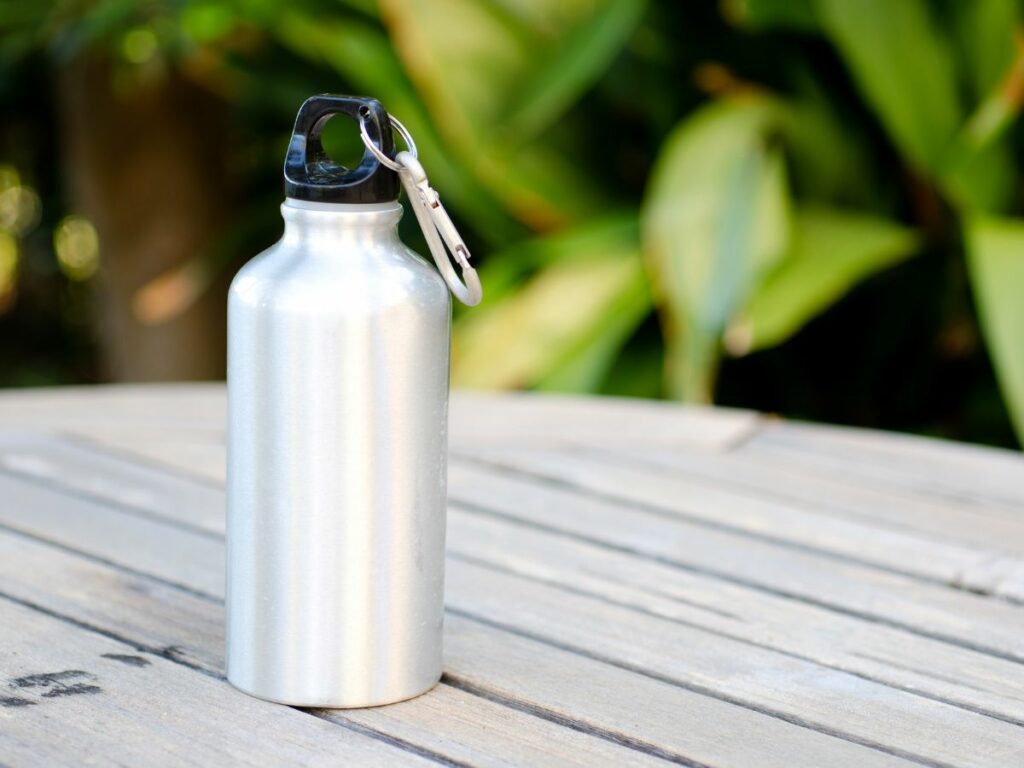
Durability
From a durability perspective, I would say a stainless steel water bottle is the safest option. Glass is a great material for water bottles because it doesn’t scratch easily. But, if you’re clumsy, it can break even if it has a silicone sleeve. All it takes is one crack and the bottle is ruined.
A stainless steel water bottle, on the other hand, may get scratched. But, if you accidentally drop it, it will not break. The worst case is a dent, but you can still use it, unlike broken glass.
Even with the extra effort manufacturers put into making glass water bottles with borosilicate glass, they are still more fragile than stainless steel water bottles. Unfortunately, the tougher glass still doesn’t reach the same level as stainless steel.
Aesthetics
Both stainless steel and glass bottles range from plain and simple to bright and colorful. You can order the color or pattern that matches your personality and excites you the most.
Glass water bottles get their flare of style from the protective sleeve, while stainless bottles are painted. You can also add waterproof stickers to stainless steel bottles to further personalize them.
Weight
The weight of a water bottle depends on its size and features. However, glass water bottles are heavier in general, even without content. Needless to say, they become even heavier when filled with liquid. If lighter weight is an important factor for you, I suggest a stainless steel water bottle.
Eco-friendliness
According to the manufacturers who use recycled materials to produce glass and stainless steel bottles, both options are environment-friendly. So, whichever of the two you choose will have a smaller environmental impact than single-use plastic bottles.
Water Taste
Low-quality stainless steel water bottles get a bad rap for leaching into their liquid and imparting a metallic taste. This doesn’t happen with glass or high-quality steel, which both deliver a superior purity of taste.
|
Primary Rating:
4.5
|
Primary Rating:
4.5
|
|
N/A
|
$23.99
|
|
Pros:
|
Pros:
|
|
Cons:
|
Cons:
|
- Durable
- Insulation technology
- Lightweight
- Comes in many colors
- Easy to clean
- Subject to scratches
- Slippery when wet
- Sweats with condensation
- Can be plastic-free
- Made from borosilicate glass
- Looks pretty
- Comes with protective sleeve
- Non-reactive
- Easy to clean
- Fragile material
- No insulation
- Heavy
Stainless Steel vs. Glass Water Bottle: Which Should You Use?
Both stainless steel and glass are a great choice. But, if you’re going to ask me, “Is stainless steel best for a water bottle?” I’d say yes, given that it’s made with high-quality steel.
I love the look of a glass water bottle, which can be completely plastic-free. Glass bottles are a great option for low-impact use, like taking to a friend’s house or keeping on my desk.
For an all-around best water bottle, stainless steel water bottles win for their durability, lightweight build, and insulation. I’m interested in buying one bottle that will last a long time and withstand a variety of conditions.
I don’t worry when my children take metal-based water bottles for outdoor activities. Plus, the bottle is always easy to carry around in my bag. Furthermore, a stainless steel bottle is versatile for all weather conditions and delivers temperature-controlled results that enhance my drinking experience.
Consider your own personal preference before deciding. These questions will guide you along to the answer that best suits your situation:
- In what circumstances do you use a water bottle most?
- How do you transport it?
- How do you prefer to wash it?
In Conclusion
Staying hydrated is a must, regardless of your lifestyle. Having the right drinking companion with you can make a difference in comfort and practicality; either type of bottle could be a good option. Both are better than single-use plastic water bottles.
I hope this review on the pros and cons is helpful, so don’t spend money on something that doesn’t suit your needs. I’m sure others in your circle face the same dilemma of stainless steel vs. glass water bottles. Share this guide with them and help a friend out!

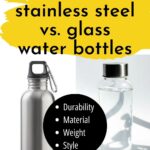
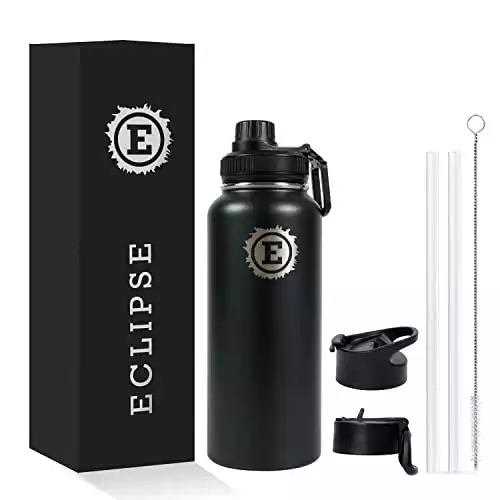
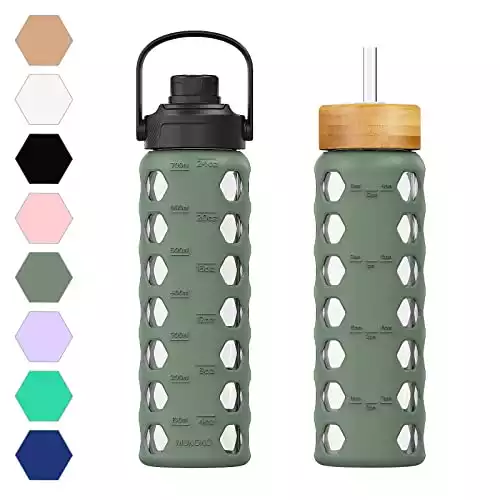
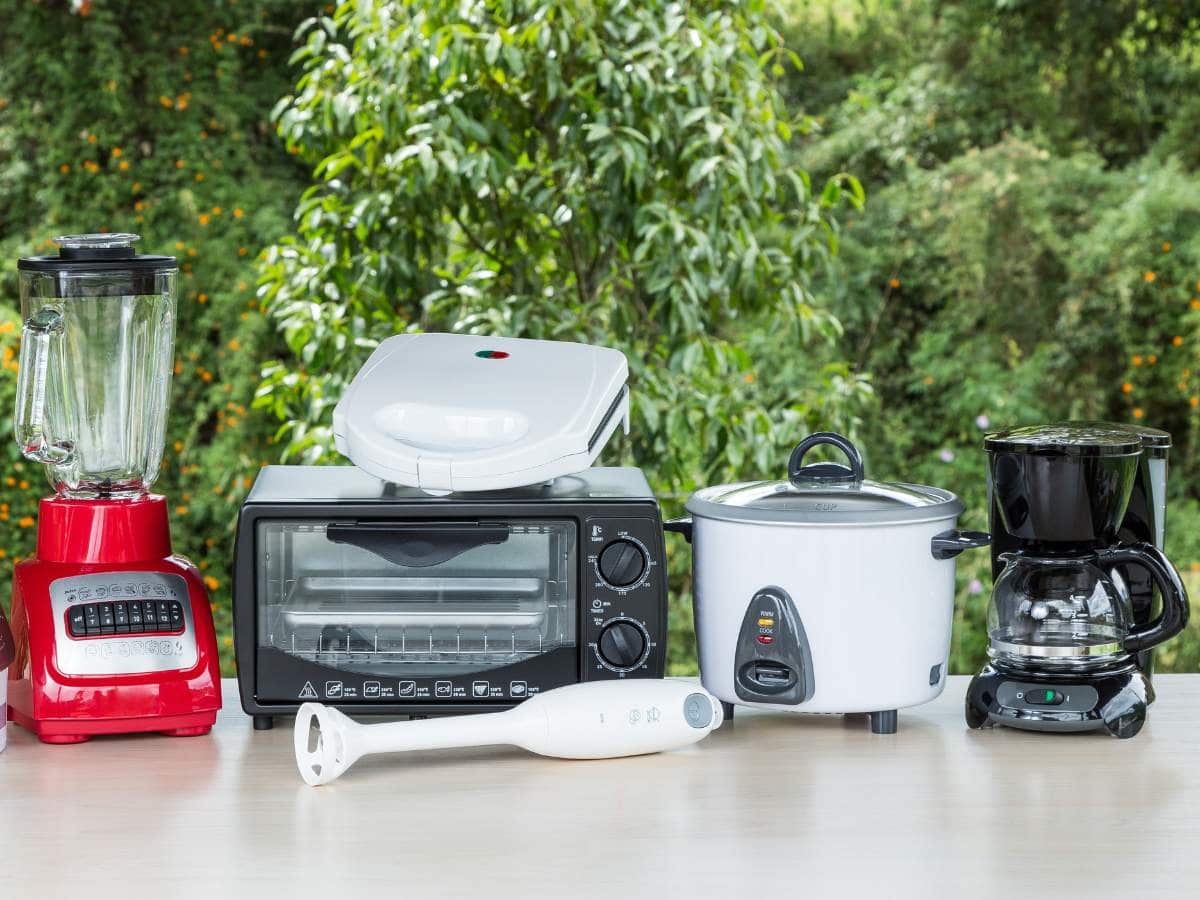
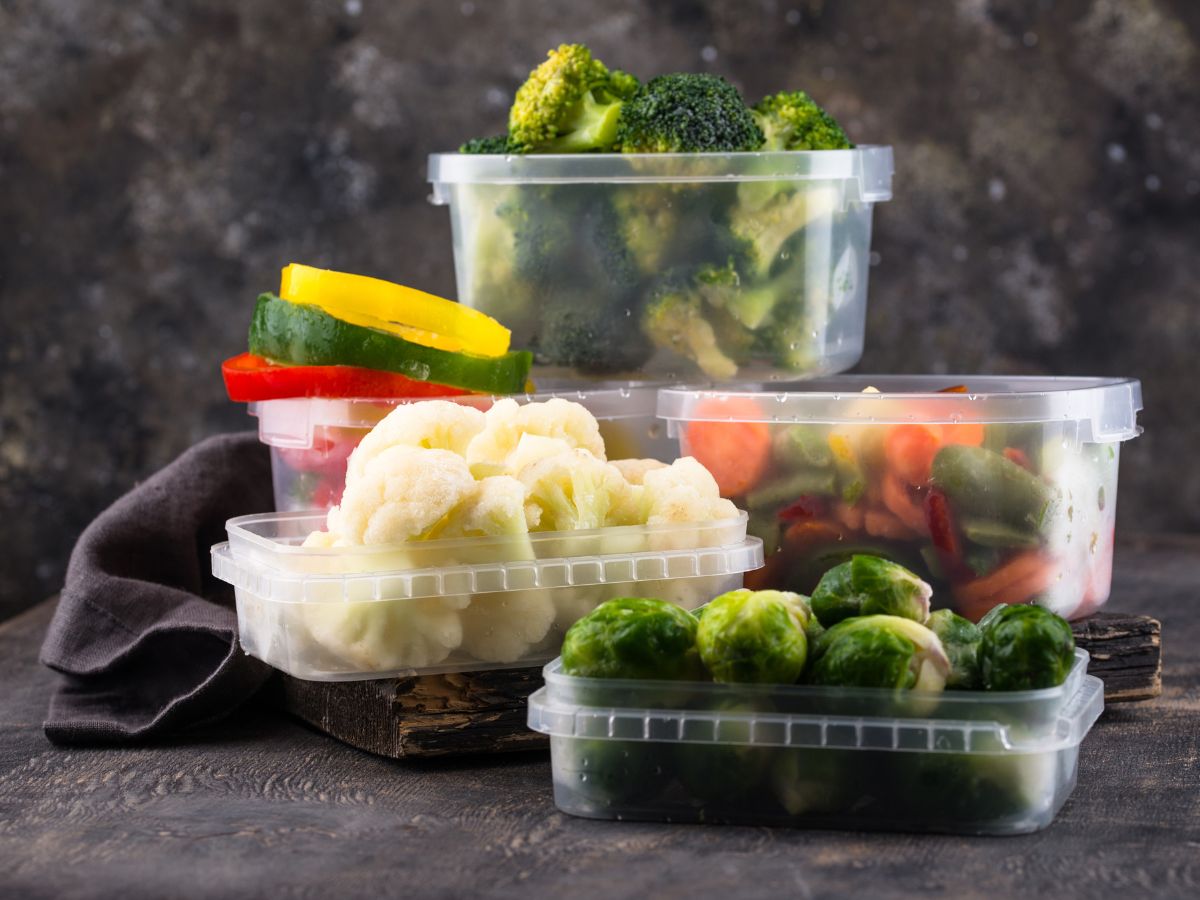
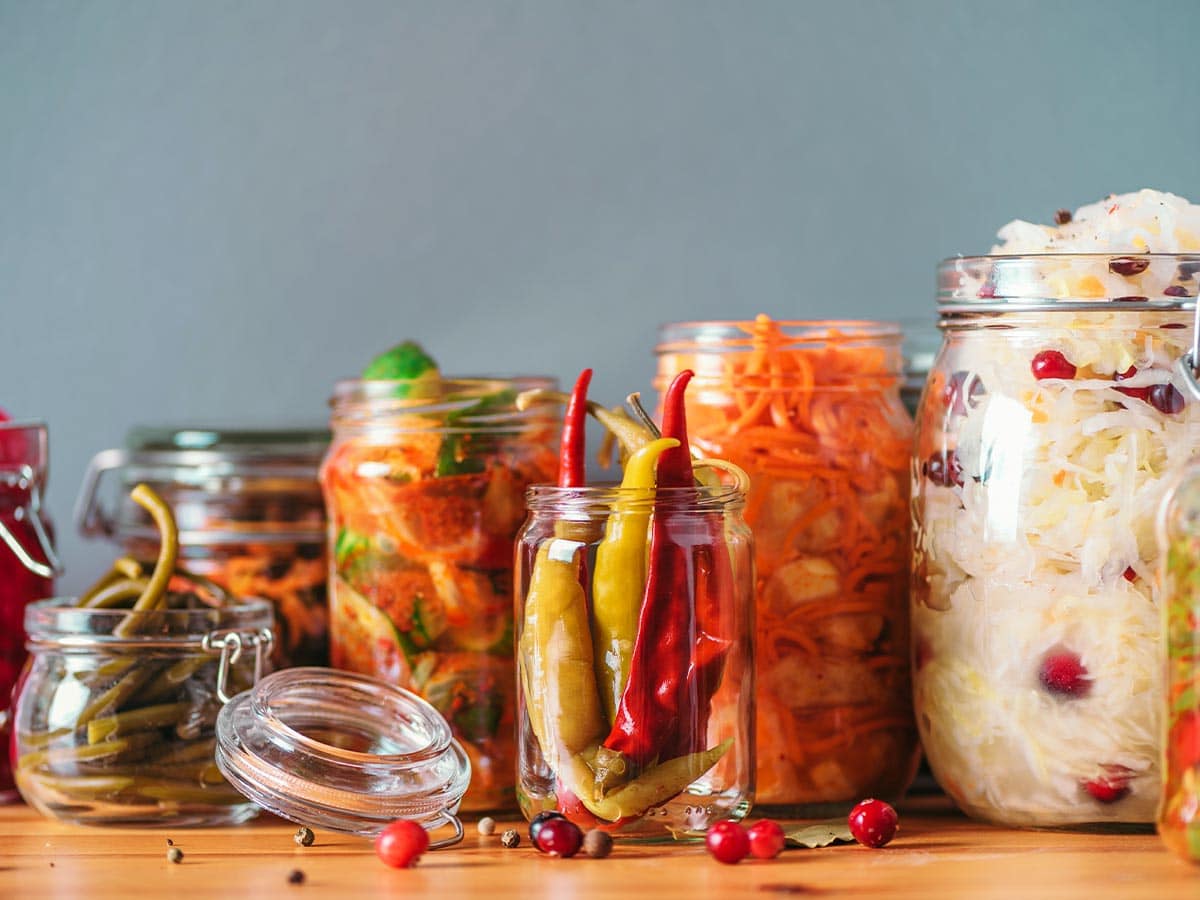

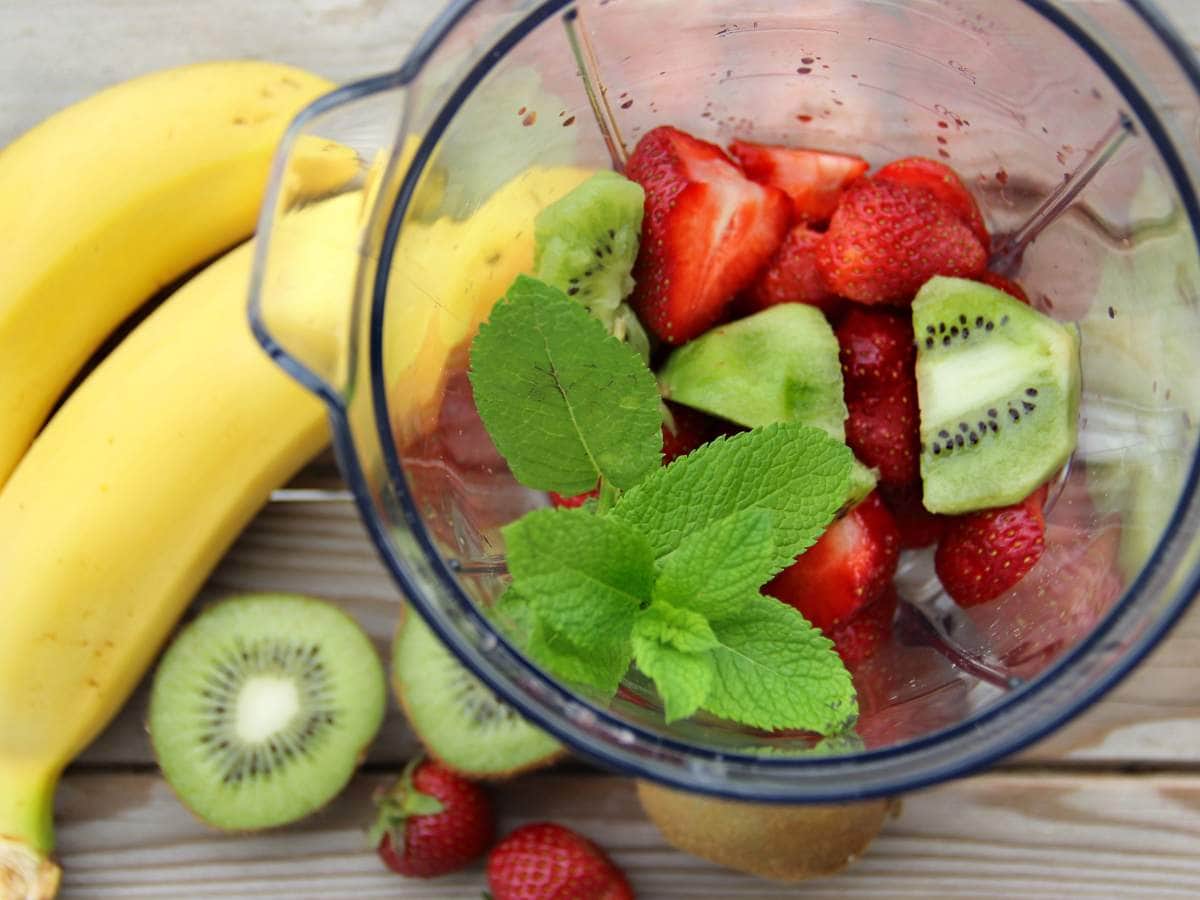
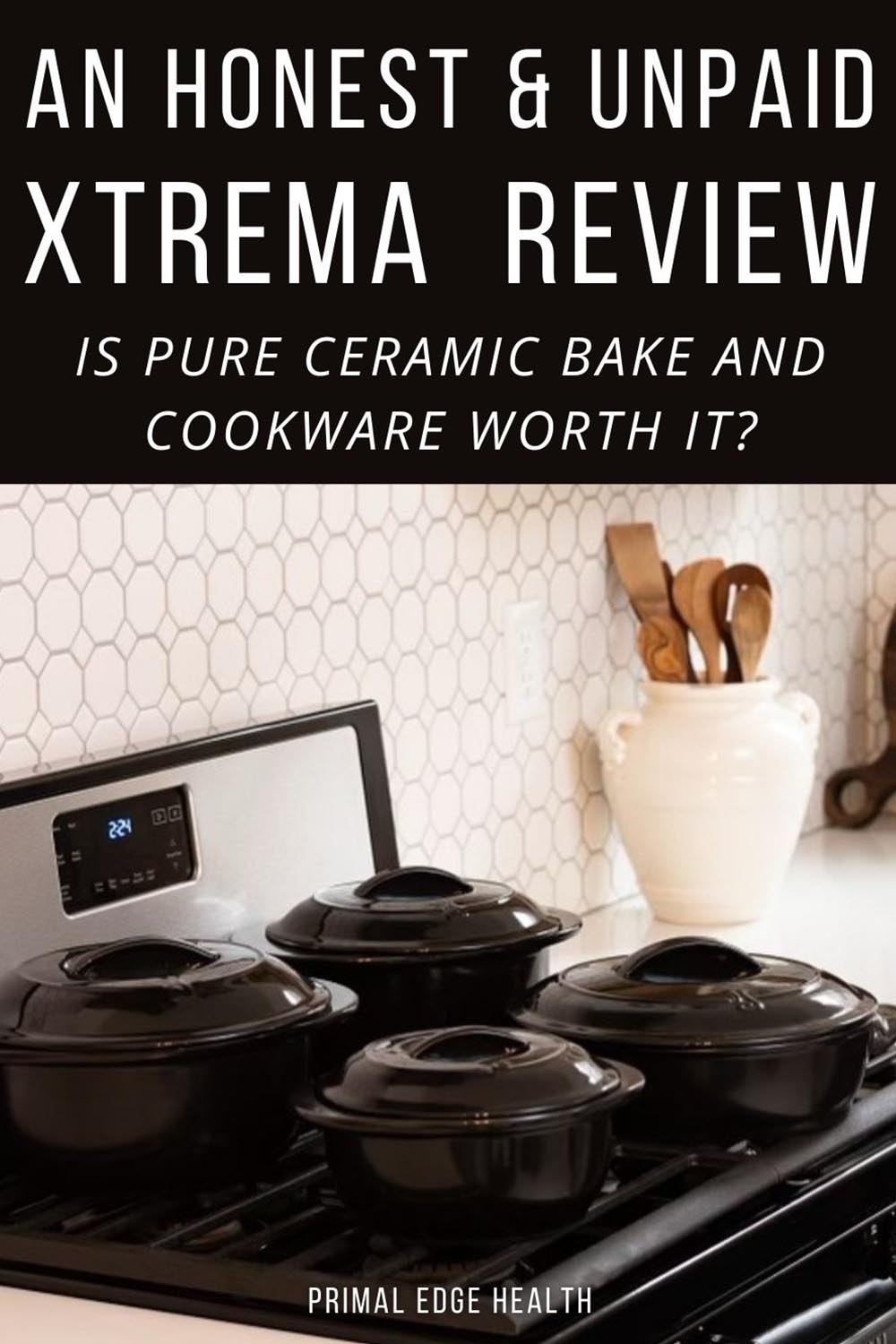
I’ve been reluctant to buy glass water bottles for my kids even though there are some that are advertise as being for kids, with small sizes with protective sleeves. I have a stainless steel water bottle and have never enjoyed the way it makes the water taste. Good to know that I just need to buy a better quality bottle!
Thanks for the comment, Deb. Yes, that makes a big difference with the glass bottles. I think you will like them 🙂